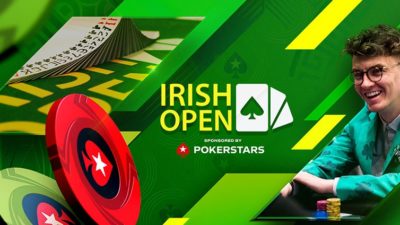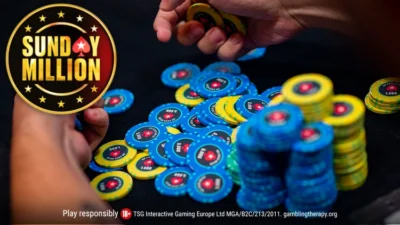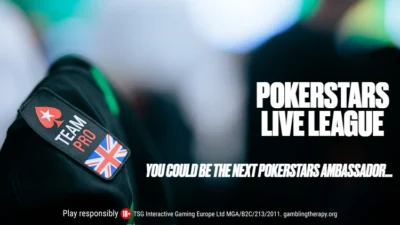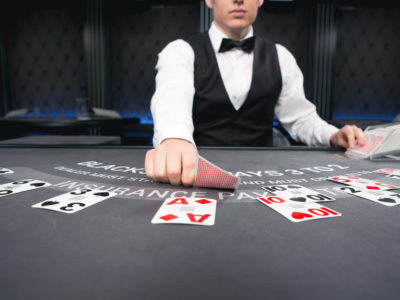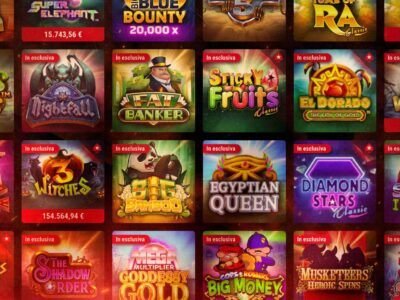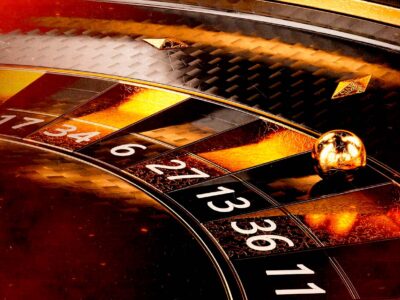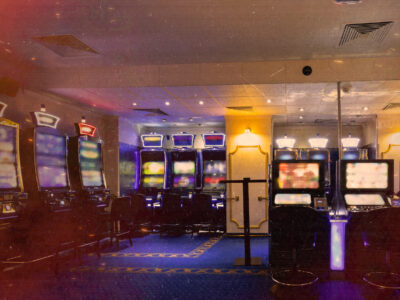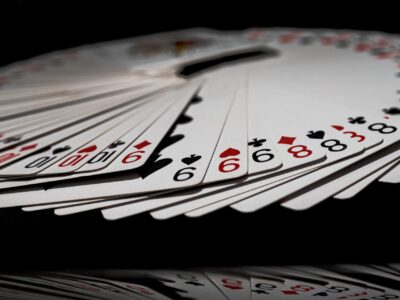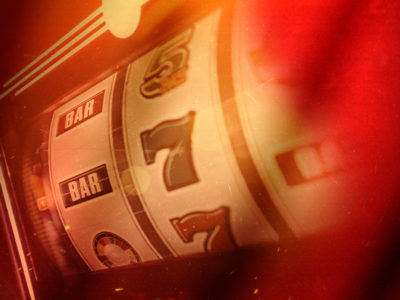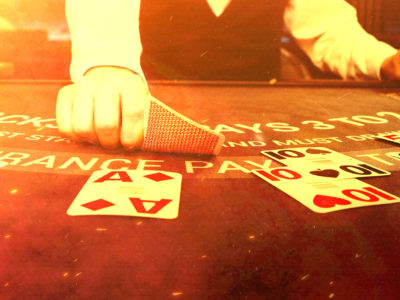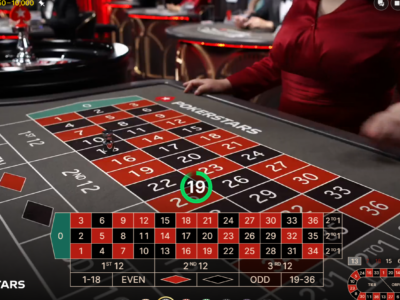
With PokerStars heading back to Ireland for the upcoming PokerStars Festival Dublin, poker players have another chance to experience one of the more enjoyable stops on the tournament circuit. Those who do make the trip should consider arriving a little early or plan to stay an extra day or three to experience some of the history and beauty packed into every block of the “Fair City.”
If you’ve never been, Dublin is an especially inviting place for newcomers, with its traditions and stories chronicled in the buildings, statues, cathedrals, and parks — and, of course, by the people themselves, among them some of the world’s greatest storytellers ever. The city is especially walkable, and much can be seen and experienced within the course of a single day rambling around the city center while catching glimpses of the lush green hills that surround it.
One great way to appreciate Dublin’s charms and have a good time while you’re doing it is to take a “tavern tour” and visit a few of the city’s historic pubs to learn about the past while enjoying the present.
 The European Poker Tour came to Dublin in its very first season in 2004. Hendon Mobster Ram Vaswani was the champion, winning € 93,000
The European Poker Tour came to Dublin in its very first season in 2004. Hendon Mobster Ram Vaswani was the champion, winning € 93,000Indeed, you likely couldn’t make it very far walking through Dublin without encountering numerous opportunities to stop for some liquid refreshment along the way. As Dublin’s most famous novelist James Joyce had his character Leopold Bloom point out in Ulysses, a “good puzzle would be to cross Dublin without passing a pub.”
Some estimate there are as many as a thousand bars and pubs in Dublin, both in the city center and in the surrounding areas, meaning an endless variety of pub-directed tours can be constructed. Here’s one to consider, suggesting several of the better known stops favored by locals and tourists alike.
Heading out from this year’s venue — the Regency Hotel located on the city’s north side — a quick cab ride carries you to the door of the famed John Kavanagh pub and eatery, better known as the Gravediggers Bar.
Currently run by the sixth generation of the Kavanagh family, the pub opened in 1833. That was just a year after the renowned Glasnevin Cemetery did next door, famous for its early acceptance of all faiths. As you might imagine, those employed by the cemetery found the pub a welcome post-work resting spot, thereby explaining its second name.
You can enjoy as well a home-cooked meal at the Gravediggers, say an Irish stew or shepherd’s pie. In fact many of Dublin’s pubs feature food as well, enabling you to nourish yourself with food as well as drink.
 Cross the famous River Liffey to the south bank to find some of the best drinking holes in Dublin
Cross the famous River Liffey to the south bank to find some of the best drinking holes in DublinThere are many places you could go from there, but taking a trip over the River Liffey to the south bank would place you on a path dotted with many of Dublin’s most popular and famous pubs, all in a row like so many pint glasses lined up side by side.
The distinctive dark stout Guinness is the drink most often poured in those glasses, and if it’s a favorite drink of yours the Guinness Storehouse would be a worthwhile stop. Take a tour of the seven-floor building to learn about the history of Ireland’s most famous beverage, then hang out on the rooftop at the Gravity Bar to enjoy some refreshment while taking in a spectacular view of the city.
 Beer! Glorious beer!
Beer! Glorious beer!Heading east you’ll soon encounter The Brazen Head, officially Ireland’s oldest pub dating back more than 800 years. Full of brass and lit by lanterns, the building contains numerous mementos of Irish history. There’s music, too, and some nights Irish storytelling. Joyce was said to have stopped by occasionally, as did the great satirist Jonathan Swift a couple of centuries before.
Staying along the south bank of the Liffey carries you into the Temple Bar area, Dublin’s cultural quarter where stand several more pubs worth trying, including the Palace Bar, a favorite haunt of journalists and writers, and the Temple Bar Pub, home to a vibrant atmosphere and famous “beer garden.”
A five-minute walk southward then brings you to the door of The Long Hall, another of Ireland’s oldest pubs. Backing onto Dublin Castle, entering this pub is like stepping back in time, with a more than 250-year-old clock appropriately underscoring the impression.
The long, narrow bar gets its name from the adjacent hallway where women customers were served separately long ago. The area is formally referred to as a “snug,” and one finds something similar in John Kehoe’s located just a few blocks east on Anne Street.
The snugs in Kehoe’s (like in other pubs) are cubicle-like places where women separately sat and rang a bell to have a barman deliver a drink to them. Such segregation is of course long past, but the snugs remain to afford privacy to patrons who desire it, as do the wooden partitions set up along the bar proper (another not uncommon feature in Irish pubs).
Many of Dublin’s pubs feature live music, enabling visitors opportunities not only to experience the memorable ambience of one of the city’s watering holes but also to appreciate the artistry of some of Ireland’s best musicians.
 The Temple Bar area is where to head for live music, amazing atmospheres and true Irish culture
The Temple Bar area is where to head for live music, amazing atmospheres and true Irish cultureO’Donoghues, located less than a 10-minute walk from Kehoe’s near St. Stephen’s Green on Merrion Street, is a much recommended stop to experience authentic, traditional Irish music played live by talented acts, many of whom have had their appearances memorialized in photos on the pub’s walls.
The Dubliners and the Rattlin Strings are among the acts who regularly perform there. Don’t be surprised also if the crowd joins in to sing along, a frequent occurrence.
Mere yards away on one of Dublin’s most famous streets, Baggot Street, is another historically significant pub, Doheny & Nesbitt. Long known as a favorite spot for politicians, lawyers, and businessmen, such clientele earned this one the joking nickname “The Doheny & Nesbitt School of Economics.”
And right next door is yet another of Dublin’s oldest and most famous pubs, Toner’s Pub, known to have been frequented often by literary greats like Patrick Kavanagh and Joyce, both of whom are depicted on the sign outside welcoming passersby.
Speaking of writers, the poet and playwright William Butler Yeats was a literary giant and Nobel Prize winner, though unlike other Irish writers was apparently not so enthusiastic about pub culture.
According to one story, the writer Oliver St. John Gogarty — the inspiration for Buck Mulligan in Joyce’s Ulysses (and namesake of yet another Dublin pub) — once accompanied Yeats to Toner’s after the latter had expressed curiosity to see what it was all about.
After quietly sipping a glass of sherry and observing the revelry, Yeats allegedly said “I have seen the pub, now please take me home.”
Perhaps if this has been your chosen “pub crawl” it might be time to go as well. There are numerous other tavern tours to take, of course, including several highlighting particular themes — e.g., a traditional Irish music pub crawl, a literary pub crawl, a “pubs and ghosts walk,” and more. Just check online or ask your concierge for details.
“I drink to keep body and soul apart,” once said the great Irish poet Seamus Heaney, like Yeats a Nobel Prize winner.
Oscar Wilde, another of the many literary giants of the “Emerald Isle,” described the tension between tending to both physical and metaphysical needs in a different, more humorous way: “Work is the curse of the drinking classes.”
In any event, when playing in Dublin, may the luck of the Irish enfold you (as they say). But don’t forget you can enjoy yourself away from the tables, too, by venturing out to the pubs to revel in the warm hospitality and rich history of the Irish.
Back to TopView Other Blogs





